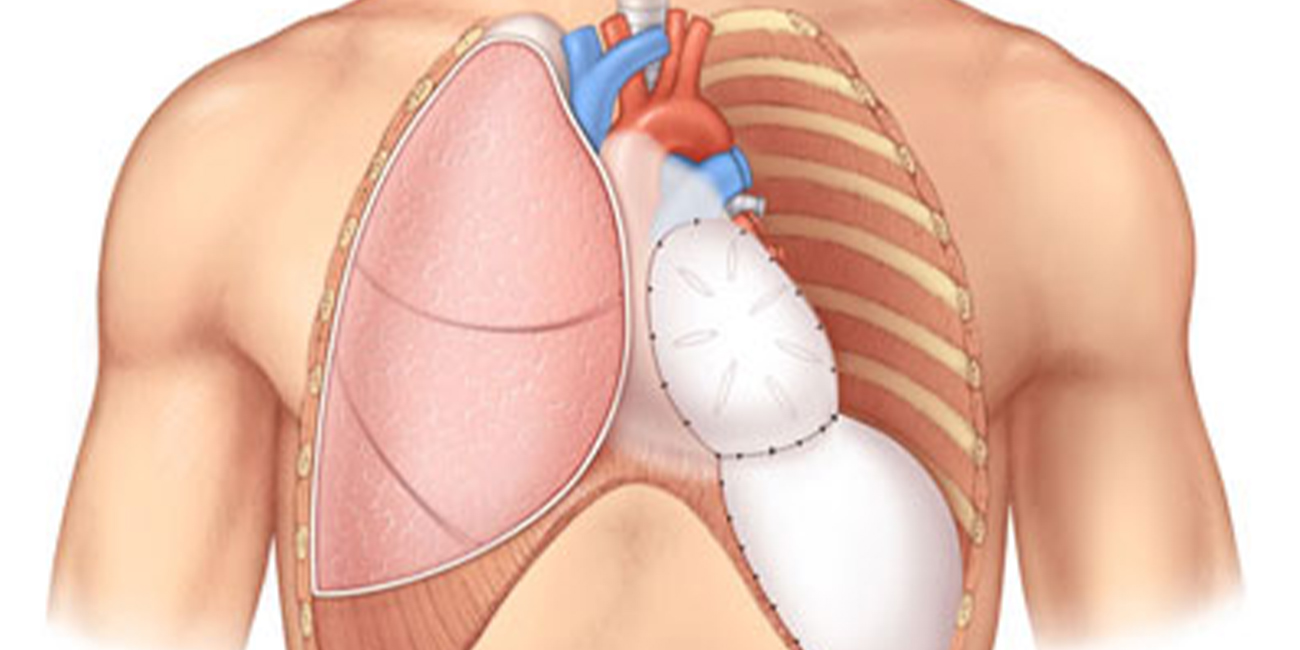
Book a Consultation
Thank you!
Your form has been sent successfully.



September 28, 2023
Meningioma is a type of central nervous system (CNS) tumor that originates in the meninges – the layers of tissues protecting the brain and spinal cord. In the United States, approximately 42,260 people will be diagnosed with meningioma in 2023.
In this blog post, we will share detailed insights into the symptoms of meningioma, its types, risk factors, and meningioma treatment options. Read on to learn more.
Yes, meningioma is considered a type of cancer, but not in all cases. Healthcare professionals categorize meningiomas into two main categories - benign or non-cancerous and malignant or cancerous.
Benign meningiomas are slow-growing tumors that generally do not invade nearby tissues or spread to other organs of the body. They are typically localized and have well-defined borders. Although they are not cancerous, they can still lead to severe health issues if they press on surrounding brain tissue, nerves, etc.
On the other hand, malignant meningiomas are cancerous and can invade nearby tissues and spread to other body parts. These tumors are more aggressive and require quick medical intervention and intensive treatment.
Grade-wise, healthcare professionals categorize meningioma into the following subtypes:
Meningothelial meningiomas are the most common subtype, characterized by cells that resemble the normal meninges.
Fibrous meningiomas are composed of dense fibers and connective tissues.
Transitional meningiomas exhibit features of both meningothelial and fibrous meningioma.
Psammomatous meningiomas contain clusters of calcified material that resemble sand grains.
Atypical meningiomas are more aggressive than grade I tumors, with increased cellularity and irregularities in tissue architecture.
Anaplastic or malignant meningiomas are the most aggressive tumors, characterized by high cellularity, increased mitotic activity, and potentially infiltrative growth.
Each type of meningioma presents unique challenges, and the subtype plays a vital role in determining treatment approaches and prognoses. While some meningiomas are slow-growing and may not require immediate intervention, others necessitate prompt action due to their potential to cause symptoms and affect brain function. Consult a medical professional skilled in neurology and neurosurgery for accurate diagnosis.

While meningioma can develop at any age, it is more prevalent in older adults aged 65 and above.
Individuals who have undergone radiation therapy directly targeting the head or those who have accidentally been exposed to radiation are at greater risk.
Individuals with the hereditary condition neurofibromatosis type 2 (NF2) can develop meningioma.
In the United States, black individuals exhibit higher rates of meningioma occurrence compared to their white counterparts. Moreover, meningioma is more prevalent in Africa than in North America or Europe.
While risk factors can increase the risk of developing meningioma, they do not act as sole determinants. Therefore, individuals having these risk factors should consult a healthcare professional to discuss risk management measures.
Since meningiomas are often slow growing, they may not exhibit noticeable symptoms until they attain a certain size and put pressure on adjacent nerves, tissues, and organs. Some of these symptoms may be similar to those of brain cancer symptoms. The following are some of the most common, general symptoms of meningioma:
Frequent headaches
Dizziness
Nausea and vomiting
Alterations in vision, such as double vision, blurred vision, or vision loss.
Hearing impairment
Seizures
Sudden changes in behavior or personality
Memory loss
Overactive or hyperresponsive reflexes (hyperreflexia)
Muscle weakness in specific areas
Unexplainable weakness
Sometimes, individuals exhibit specific symptoms of meningioma when the tumor affects specific areas of the brain. For instance:
Olfactory groove meningiomas can lead to a partial or complete loss of the sense of smell – a condition known as anosmia.
Posterior frontal midline meningiomas may result in paraplegia or paralysis of the lower body and legs.
Sphenoid wing meningiomas can lead to cavernous sinus syndrome and protrusion of one or even both eyes from their actual position.
Individuals noticing any of these meningioma symptoms should consult a healthcare provider to get an accurate diagnosis at the earliest.

Since grade I meningioma is typically slow growing in its early stages, medical professionals may recommend active surveillance instead of any traditional cancer treatment. This approach is also commonly known as watchful waiting or watch-and-wait. During this period, healthcare professionals constantly monitor the tumor and check if any new symptoms or issues arise due to its growth.
The most common primary treatment option for meningioma is surgery, where healthcare professionals remove the tumor along with some adjacent healthy tissue. Surgery is the only required treatment for most cases of benign tumors which are easily removable through surgical procedures.
For individuals diagnosed with cancerous tumors that cannot be completely removed surgically, oncologists recommend radiation therapy and/or chemotherapy with surgery.
Radiation oncologists administer radiotherapy in conjunction with surgery to impede the growth of an aggressive tumor.
For meningioma, radiation therapy is usually administered through external-beam radiation therapy techniques that involve the utilization of an external machine to target the tumor. These techniques are becoming more adept at directing radiation to the tumor while minimizing exposure to healthy tissue.
Oncologists do not consider chemotherapy as a primary treatment option for meningiomas. However, if the tumor is particularly aggressive or has recurred after initial treatment, oncologists may recommend chemotherapy as part of combination therapy or clinical trials.
Discover more: 6 Ways to Deal With Chemotherapy Side Effects
According to the researchers, the 5-year survival rate for cancerous (malignant) meningioma is approximately 67%. However, in some cases, meningioma tumors may recur even after the success of initial treatment. Recurrence may manifest in the same location (recognized as local recurrence), in proximity (regional recurrence), or in a different location (distant recurrence). Individuals should get regular checkups and screening to reduce the risk of recurrence and diagnose any recurrence early. Report any symptoms to the healthcare provider immediately to confirm cancer recurrence and begin treatment promptly.
For any questions or concerns about meningioma treatment, contact the Advanced Cancer Treatment Centers, one of the best cancer centers in Florida, and consult our highly skilled cancer care specialists. Visit our website to request an appointment now!



December 24, 2025
It's natural to wonder if testosterone replacement therapy (TRT) is sa...
KNOW MORE

December 24, 2025
A rash that will not calm down is scary, especially when it changes or...
KNOW MORE

December 24, 2025
Florida’s lung cancer burden remains significant and affects many fa...
KNOW MORE

December 24, 2025
A partial hysterectomy, also called a supracervical hysterectomy, is s...
KNOW MORE

December 24, 2025
Finding a rash on your breast can be unsettling, but remember, many ra...
KNOW MORE

December 16, 2025
Hearing a HER2 gene mutation on a report can feel scary, but it also p...
KNOW MORE
